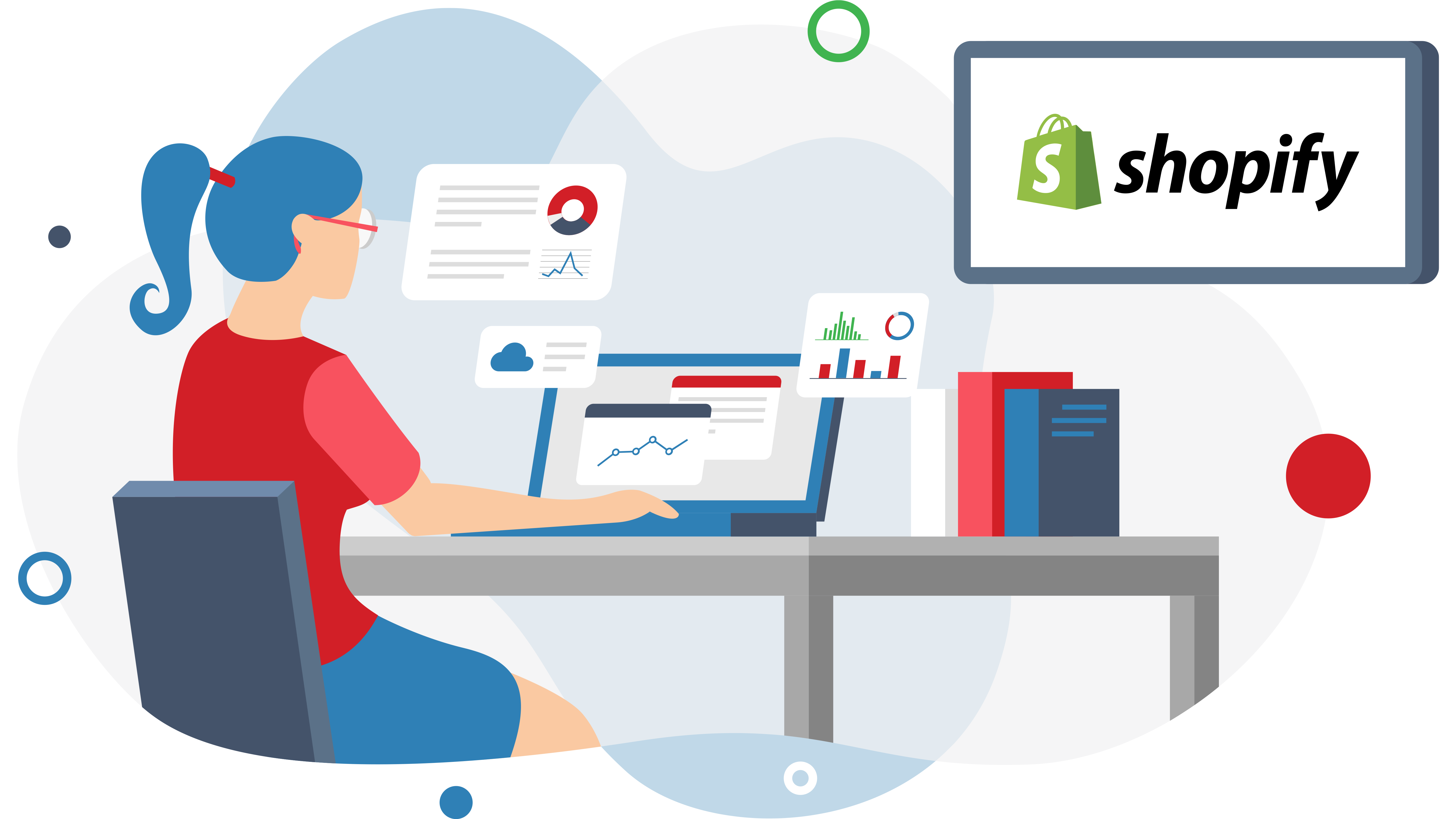
Tax Exempt Checkout
By John SerdarFebruary 26, 2021
If you’re in an B2B industry that deals with tax exempt customers, you know just how painful and manual the process of managing sales tax exemption certificates can be. Luckily with new and emerging solutions in the market such as EXEMPTAX, the process of collecting, validating and renewing tax exemption certificates has never been easier.
While there are many challenges to tackle in the exemptions space including offline handling, this article will seek to focus on some of the main factors to consider when deciding to integrate a tax exempt checkout solution within e-commerce stores, including integration into platforms such as Shopify, BigCommerce, and others.
When it comes to integrating a tax exempt checkout solution, one of the key factors to consider is the customer experience, and whether to handle the exemption certificate generation process during checkout or immediately after the checkout is complete. Each scenario below comes with its own pros and cons, including various risk factors to consider.
Scenario 1
Collect exemption certificate during checkout and charge sales tax upfront
While it may seem counter intuitive to collect a tax exemption certificate and charge sales tax during checkout, there is a very good reason to potentially take this approach. This is due to the fact that the process of verifying that a tax exemption certificate is valid can’t always be done in real time. While software can force the user to provide a completed form, it can’t dictate that the user always provides correct values. For instance, if the end user inputs gibberish in the document or something logically inconsistent (they’re a liquor store buying airplane parts for resale), these kind of errors whether malicious or accidental require detection by an individual. While certain software configurations can be made to automate detection of these inconsistencies, at the end of the day many error detections must be done manually no matter the system being used.
In this case if you charged the customer sales tax upfront, and determined that the exemption document was invalid, you would still have a valid payment authorization of the full amount of the sale including sales tax. Thus even though the tax exemption certificate may not be valid, you have the option of letting the sale go through as a regular taxable sale.
Conversely if the certificate was valid, you’d have to have either a systematic or manual process in place to avoid charging sales tax, or issue a refund of the tax upon successful validation of the document. While this is the least riskiest collection approach from the merchant’s perspective, it’s important to realize the other business factors at play. One such potential factor is that charging tax upfront may result in additional customer inquiries either before or after the sale. Moreover, it’s also possible that customers who are being charged tax (even with effective disclosure that they’ll get their money back) might not want to proceed with the sale.
Thus you’ll want to weigh the confluence of factors in potentially decreased sales conversion based on factors specific to your business including average transaction amounts, familiarity with customers and other industry norms.
Scenario 2
Collect exemption certificate during checkout, and don’t charge sales tax upfront
If you decide to not collect sales tax upfront, and collect an exemption certificate during checkout that turns out to be invalid, you’d potentially have a collection situation in your hands. This is because for most online payment methods, the amount of funds you’re able to collect is limited to the authorized payment amount. In this scenario, you have a couple options:
- Spend time and effort tracking the customer down to collect the tax
- Cancel the order entirely (before fulfillment)
- Let the order proceed and eat the sales tax cost
Each option comes with it’s pros and cons, and requires evaluating multiple business factors. For instance if you’re familiar with who the customer is and have a recurring business relationship, it may be pretty easy to reach out to them to collect the sales tax, or have them provide a new valid exemption document.
Conversely if it’s a one off sale, and the sale involves a high margin item, you as a business may be ok eating the cost of the tax, as the cost and effort of tracking down the sales tax would not be worth the tax collected. However this may not apply in situations where margins are low, particularly if not collecting the tax will result in a loss on the order.
Scenario 3
Collect exemption certificate after checkout with or without collecting sales tax up front
While collecting a tax exemption certificate during checkout ensures that you always receive a document, at the end of the day no matter how smooth the process is, it’s an interruption of the checkout process. As anyone in e-commerce knows, each checkout interruption has the potential to prevent a sale from taking place.
One of the most common pain points when collecting exemption certificates during checkout is that the majority of exemption certificates require customers to provide various tax ID’s. Unless the purchaser happens to have the information on hand, this requires them to reach out to their respective internal teams at their company so that they can gather all necessary data to subsequently claim the exemption. In such cases if you don’t want to hold up the sale from taking place, it may be advisable to let the sale go through (with or without charging sales tax depending on your risk tolerance outlined earlier in the article) and collect the exemption certificate document afterwards.
While the collection would occur after the checkout is complete, with EXEMPTAX, your customers would receive an email with a link to dynamically generate an exemption certificate. Upon successful completion and validation of the certificate, EXEMPTAX would then update the applicable tax exempt status fields in your e-commerce system so that they would be able to proceed on future orders without having to enter their exemption info.
In situations where the sale went through with sales tax collected, the customer would presumably be enticed to provide the tax exemption certificate so they can receive a refund of the taxes paid. Conversely, if they were not charged tax, the incentive of the customer to respond to your inquiry to provide you the document may not be as strong especially if they’re not a recurring customer. Thus depending on your business and risk tolerance, it may make sense to consider an exception handling processed outlined in scenario two above.
System Integration
Regardless of which option you choose to go with, all EXEMPTAX integrations allow the customer records and their respective tax exemption status to be updated in your leading e-commerce system. If you have any questions in regards to integration, or need support in streamlining your exemption certificate management, feel free to schedule a demo, or contact us directly.